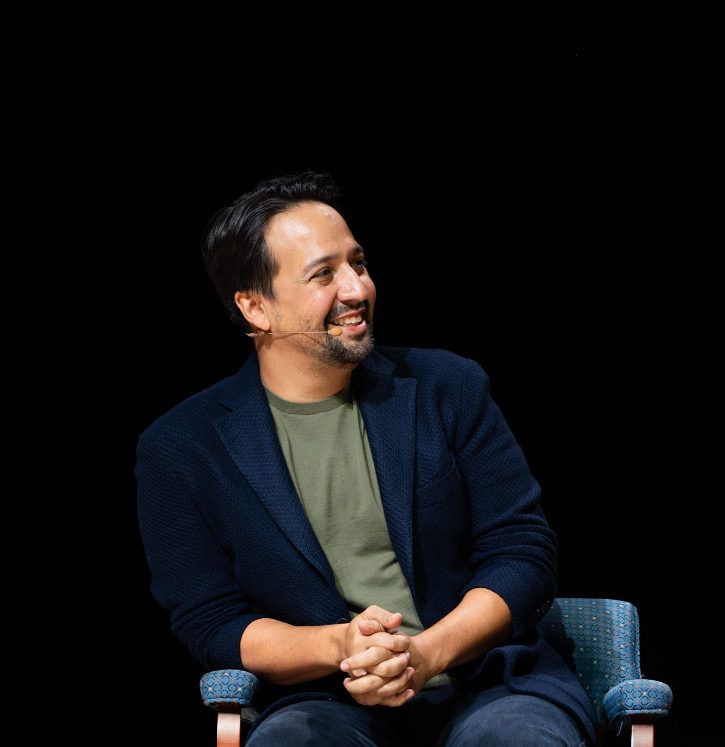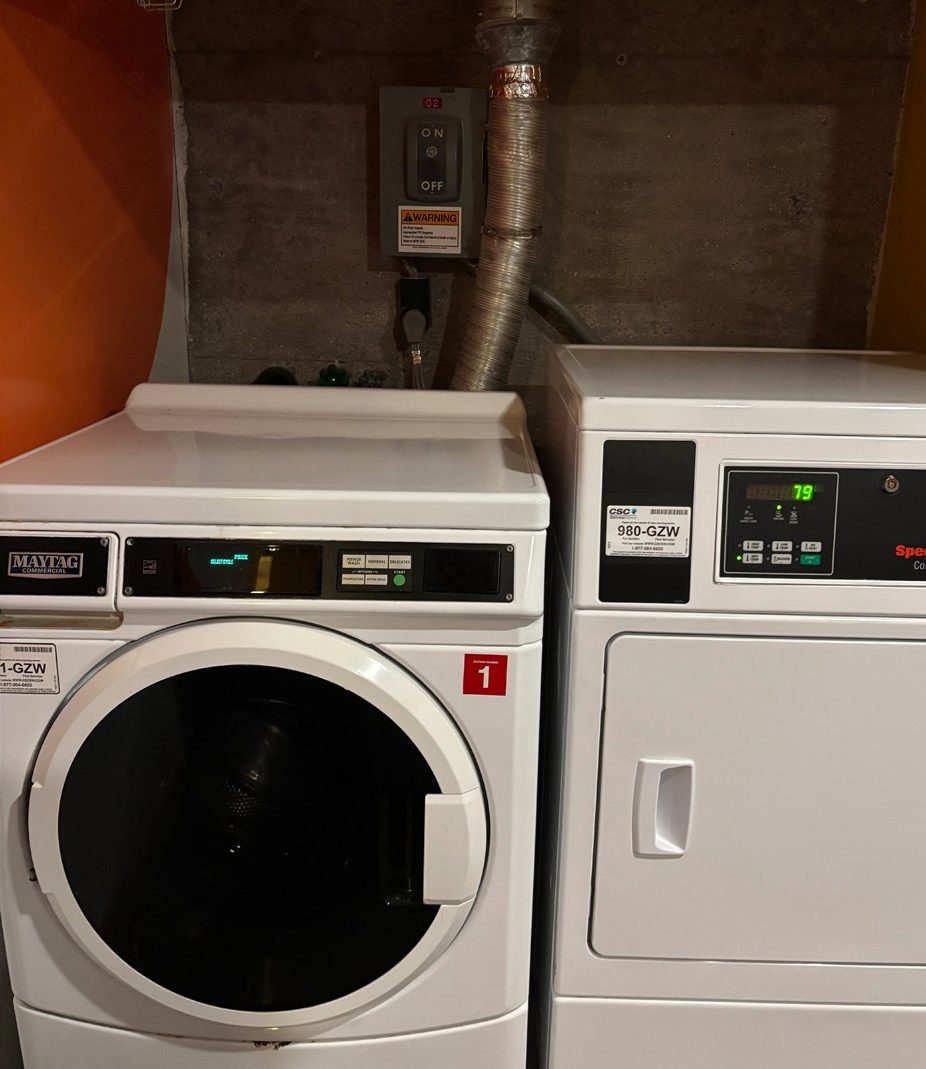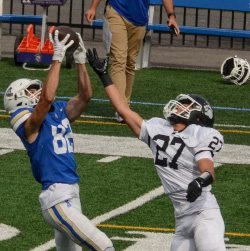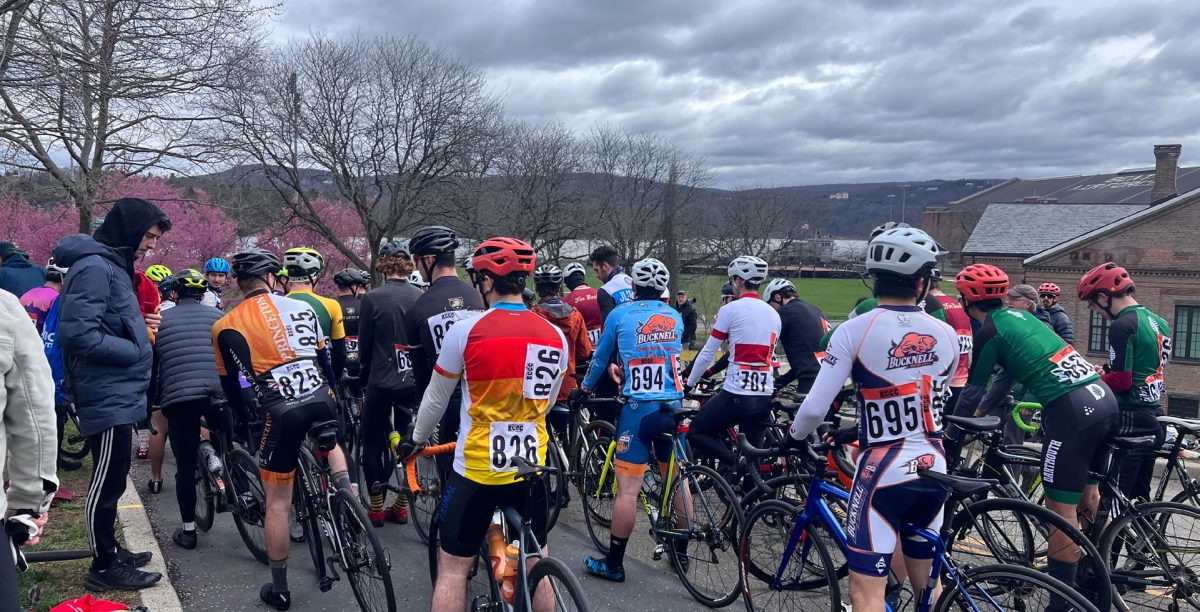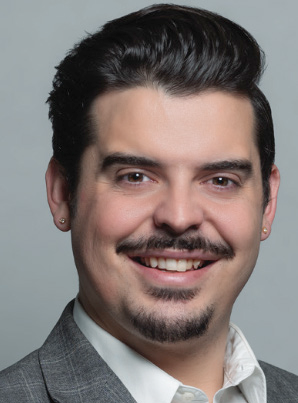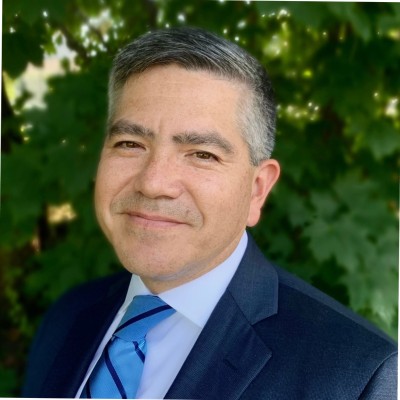
On April 19, the Kennedy Arts Center hosted the debut of
Chink in My Armour
, a multi-media art exhibit by Matthew Tom ’20. Tom received a Smallen Grant to produce
Chink in My Armour
; of the sixteen grant recipients in 2017, Tom was the only member of the class of 2020. The blurb provided on the Facebook event described
Chink in My Armour
as “a visual attempt to reclaim stereotyped iconographies of East Asian culture through traditional western ideals of art and design.”
The exhibit features drawings, paintings, sculptures, tapestries, and written work. The diversity of materials not only highlights Tom’s versatility as an artist, but broadens the scope of his narrative.
In applying for the Smallen Grant, Tom was required to plan five or six works he hoped to include in the final exhibit, but he purposely deviated from his plans as part of the creative process. He felt that working according to a plan could hinder the organic nature of his creative process. He said would rather make each work for its own sake, rather than try to fit each piece into a predetermined mold.
One of the most striking pieces is a tapestry on the floor of the exhibit. The black and white weaving features a portrait of the artist in a sprawling position. There is a block underneath the torso in the portrait, adding depth to the presentation, which Tom explained as a reference to the idiom “sweeping something under the carpet.” Too often in discussions about diversity and inclusion, Asian people’s experiences are minimized or ignored.
Tom mentioned that the upcoming movie
Crazy Rich Asians
has made major waves, as it is one of the few major studio films to star a primarily Asian cast in recent memory. The film industry is riddled with stereotypical representation, and those prejudices have affected Tom on an interpersonal level as well.
On a podium between two of his drawings, Tom placed a bowl of custom-made fortune cookies. Inside the cookies are quotes of things people have said to the artist regarding his race. Rather than opening the cookie to find a comforting truism, the messages are unsavory quotes like “you’d be attractive in Korea.” The messages range from insensitive to overtly rude and hurtful, and convey a powerful commentary within the existing stereotypical format of a fortune cookie.
One of the drawings in the show is called Irices, and it appears from afar as an almost pointillistic rendering of iris flowers. From close up, it becomes clear that the irises are composed of individually drawn grains of rice. The detail and precision is striking, and the initial connection to pointillism is not far off-base. Tom modeled the drawing after the brush strokes of Van Gogh’s painting of irises, but used India ink rather than oil paint, and grains of rice rather than brush strokes.
The Impressionists were heavily influenced by Japanese woodblock prints, and Tom decided to feed back that inspiration into his new work. He pointed out that usually inspiration is one-directional, and he aimed to challenge that norm with the creation of Irices. Where the Impressionists used Asian art to inspire their work, Tom drew upon Impressionist influences to create his piece using Asian materials.
One of the sculptural pieces, Rice Paddy Hat, is built from sandalwood fans. Fans are usually used to cover people’s faces, but Tom broke up the wooden fans and reconfigured them into helmet-like forms. The piece directly challenges the viewer to reframe the fan from a symbol of hiding to a symbol of protection and courage. By repurposing the fans, Tom reclaimed the stereotypes and symbolism usually associated with them.
Tom intends for his show to prompt deeper dialogue on campus about stereotypes and inclusion. He also hopes his work will open the door for more non-seniors to receive funding, as he did, for projects they are passionate about.
Funding, like the grant Tom received from the Smallen Fund, and exhibition space are critical for artistic development. As Tom points out, more funding and increased opportunities for student artists will increase the vitality of the College’s art department.
The Steven Daniel Smallen Memorial Fund subsidizes projects that express originality and creativity. David and Ann Smallen set up the fund in 1993 to honor their son, Steve. Smallen studied at Hamilton from 1992 until 1993, when he passed away after a battle with cancer. Since 1993, the Smallen Grant has funded creative student projects like Matthew Tom’s, and continues to brighten and enrich the Hamilton Community.






